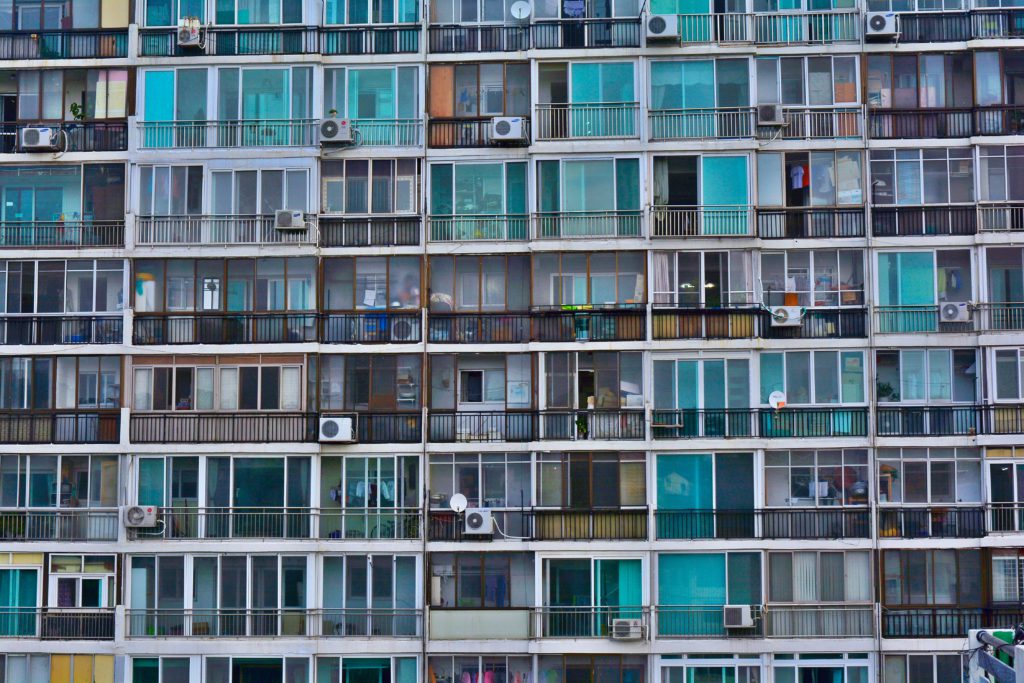
As one of the world’s foremost engineering institutions, the Delft University of Technology (TU Delft) has set goals to be fully sustainable by 2030. To accelerate this goal, a new inter-faculty building called Echo is set to harvest more energy than it consumes, and fulfil circularity principles. The design arose from an ever-increasing demand for […]
Read More… from ‘Everything Anywhere’ Echo: TU Delft’s adaptable, positive energy building

Ho Chi Minh City as the largest urban area in Vietnam is facing problems of pollution and increasing temperatures, hampering citizens’ quality of life. These problems are exacerbated by the growth of hardscaped land alongside a lack of green space. According to the General Department of Forestry, the ratio of tree cover in Vietnam’s large […]
Read More… from Q Gallery Building: A large ‘tree pot’ in the city

In an era when online shopping is increasingly common, this eyewear store in Maebashi City, Gunma Prefecture rethinks the retail experience to offer something more than a usual commercial space. The nature of suburban shops is to be visited via car by customers with a particular goal in mind, as opposed to downtown retail where […]
Read More… from JINS PARK Maebashi: A fresh vision for suburban retail

Bali-based practice IBUKU, known for their specialty in designing bamboo buildings, has created an open-air studio with an undulating copper dome called Alchemy Yoga Center. While the design process for most of their bamboo projects were driven by physical models, this building also involved structural analysis software. “This was the first time we designed a […]
Read More… from Alchemy Yoga Center: Balancing artistry and technique

City life is often described as stressful. Cities are associated with 39 per cent higher risk of depression, 21 per cent more anxiety and other negative effects from sensory overload and low social cohesion.1 In the bustling, fast-moving city-state of Singapore, almost ten per cent of its its 5.6 million population met the criteria for […]
Read More… from The Nest: Supporting neighbourhood spaces with mental healthcare tech

This project is a ‘tube house’—an extremely narrow, elongated dwelling going up several storeys above ground—typical of dwellings in Hanoi City, the capital of Vietnam. It faces all of the problems brought about by the density of the city: spanning only 4.2 metres in width and 35 metres in length, while being tightly sandwiched between […]
Read More… from CH House: A ‘tube house’ to work, live and gather in

Brought to you by Bona The newly launched Bona Quantum is a silane-based adhesive that features Bona’s Titanium Technology, which provides quadruple crosslinking properties that deliver superior durability and quicker bonding for faster installation, even under challenging subfloor conditions. The new formula is also available as Bona Quantum T for users that prefer a thicker […]
Read More… from Floor adhesive and moisture barrier in one

The field of healthcare has typically been one that applies the latest cross-discipline technological advancements to treat illnesses. But more than just physical wellness, healthcare has also been evolving to take into account people’s well-being in the holistic processes of diagnosis, treatment and prevention of diseases. This also entails a consideration of our everyday environments. […]
Read More… from How emerging architectural technologies can decentralise healthcare



